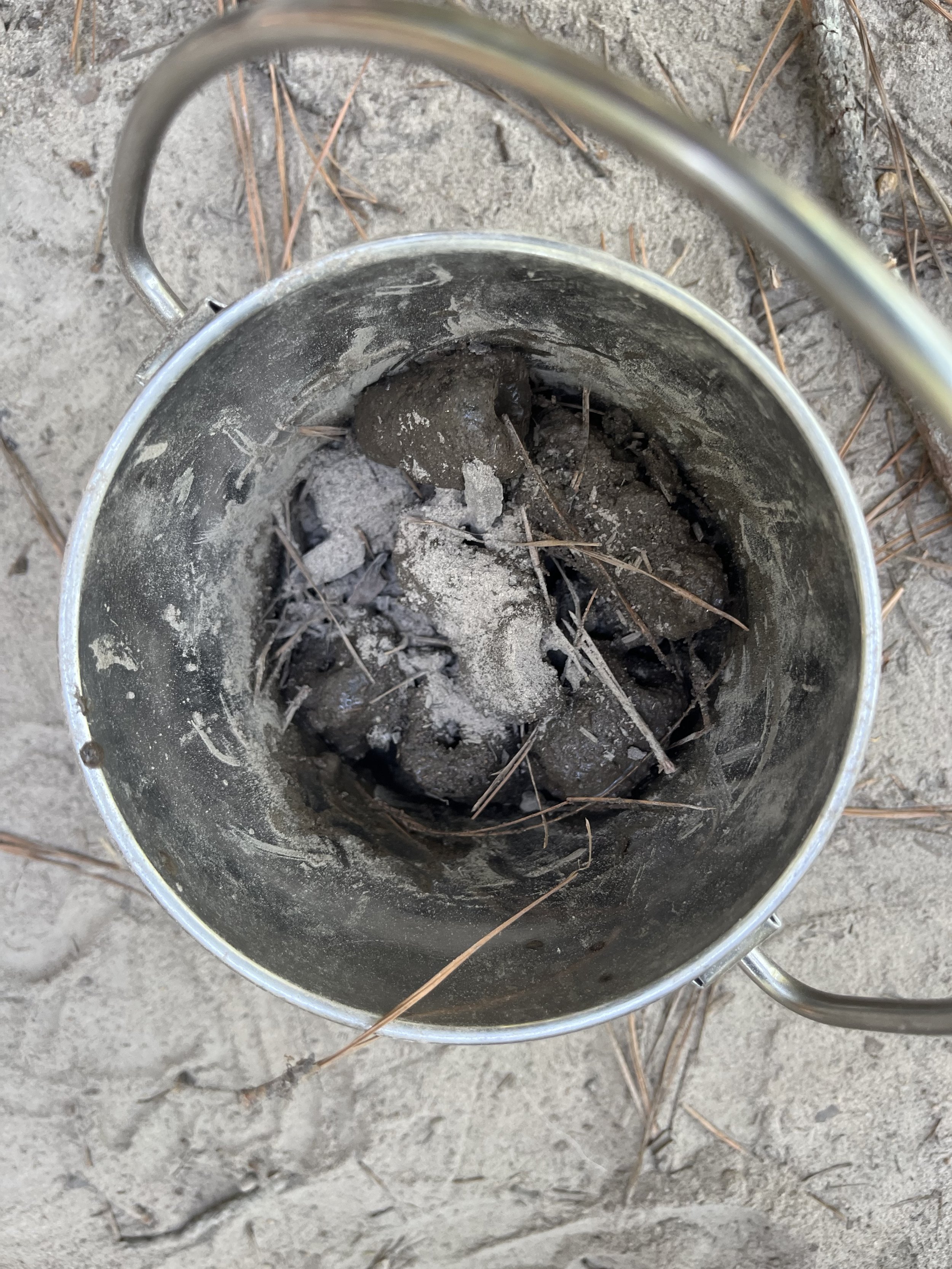Ice Play
What can you do at forest school when the temperatures are reaching record highs and it feels like 100 degrees? Why, stay cool with some ice of course.
On Wednesday of this week, the highs were forecasted at 100 degrees so teachers had to get creative. Beth suggested bringing some ice along and the rest just unfolded beautifully. After snack the children were each handed a bucket of ice in our forest nook.
Child development side note: As we observe the children in their play, we watch for the schema, or play urges, that emerge. These terms apply to the actions that young children feel innately pulled to do during play. They are necessary actions that act as building blocks for the brain, and watching for them helps educators know where children are developmentally, and helps us plan accordingly. For example, one schema describes trajectory actions and relates to throwing, pouring, swinging, jumping and rolling (one’s self or materials). When an educator sees these actions repeated in play, we can introduce activities/materials that foster practice, repetition and development in this area.
Make sense? Okay, back to ice play.
Some children mixed dirt into their melting ice. Others put cubes on the ground to observe how long it would take until they melted, while others used their hands to help the ice melt faster. We asked questions, made guesses, set timers, introduced elements and watched the ice in its process of transformation (yet another schema).
How long will the block take to melt compared to the small pieces and why? How long will water take to dry up on the ground? How long will 2 ice cubes take to melt on the ground? How long can you hold a piece of ice in your hand? What happens when things are added to the ice?
The ice experiments were great fun and a wonderful science learning tool! Next time your preschooler isn’t sure what to do, offer them a container of ice and tell us what happens!





